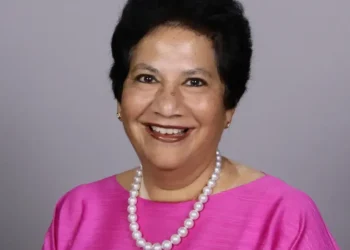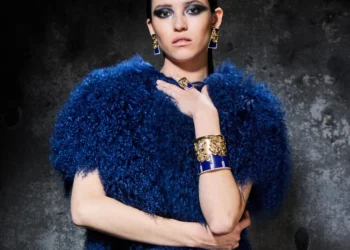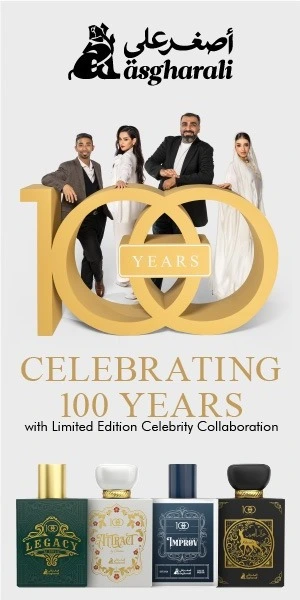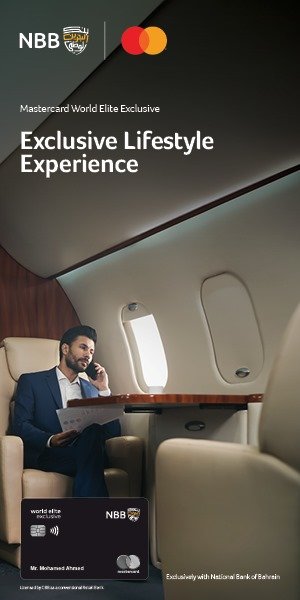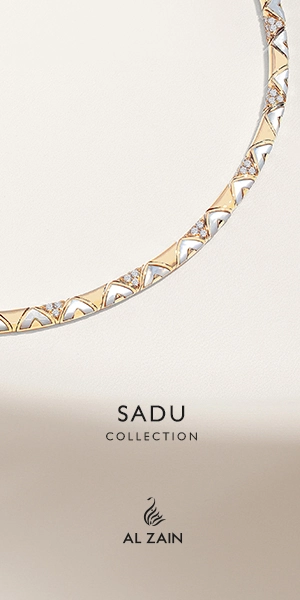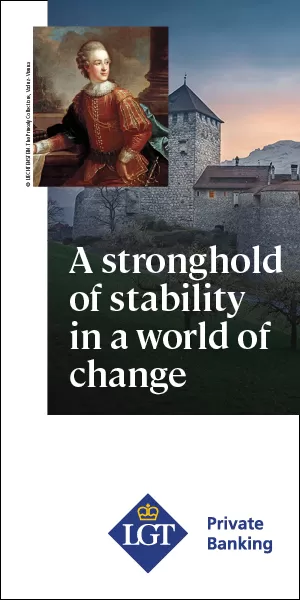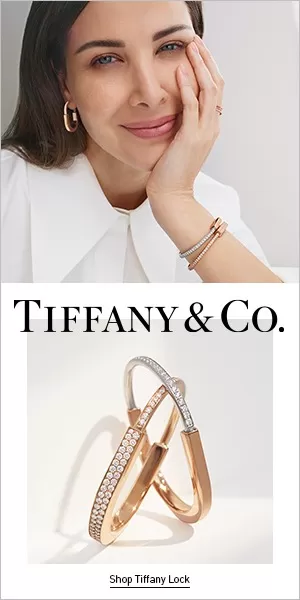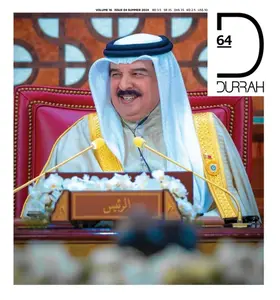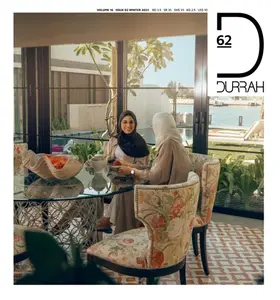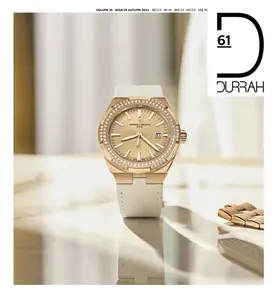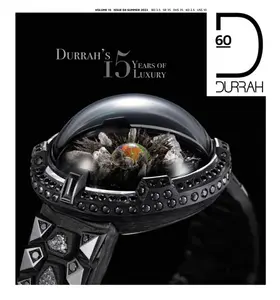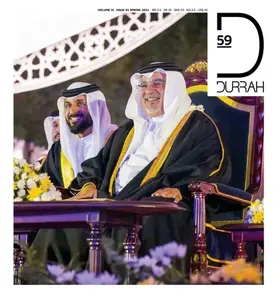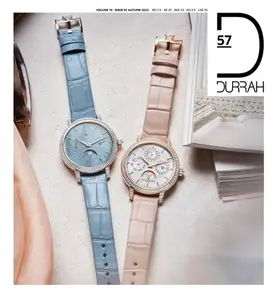What inspired you to create a book focused on the watch collectors of the Middle East?
This is a joint project between Hassan and me. We noticed that while there were many English books on watches, they mostly covered European, American, and Asian collectors. There was a gap in the market; no one was telling the stories of Arab collectors. It was a matter of pride because there’s a large and growing community of collectors here in the Middle East with unique pieces. We wanted to share their stories and also highlight the strength of the Middle Eastern market to the brands. Plus, we chose to do it in Arabic, which hasn’t been done before.
How do you see the intersection of personal style and watch collecting in the Middle East?
Everyone’s taste in watches is unique, reflecting their personal style. For instance, I lean towards classic pieces, while Hassan prefers bold, daring designs. Some collectors buy to keep and cherish their collection, while others buy and sell, allowing them to explore more niche and unique pieces. It’s very personal and varies widely.
What was the most challenging part of putting together such a wide range of collectors and stories?
The logistics were the biggest challenge. We had to coordinate with 26 brands and 38 collectors from across the Middle East, not just in Dubai, but also Bahrain, Qatar, Kuwait, and Saudi Arabia. We even flew in a photographer from Mexico. Scheduling everyone and managing locations made it quite a logistical task.
What do you think makes the Middle East a special place for watch collectors?
There’s a high level of passion and knowledge here, which was something I really discovered through this project. Middle Eastern collectors don’t just buy watches for trends or investment; they do a lot of research and form deep, emotional connections to their pieces. The stories behind their acquisitions were often very touching.
What trends in watch collecting have you noticed among the Middle East’s elite?
There’s a strong preference for unique, hard-to-find pieces. Many collectors have already established a solid collection base and are now seeking pieces that reflect their advanced knowledge and taste. They’re drawn to watches that are rare and not easily available.
What was your method for selecting the collectors and timepieces to be included in the book?
We started by approaching the brands and letting them select iconic pieces. Each brand had the option to feature men’s or women’s watches or both. Because of our community connections, we already knew many collectors and their collections, which made it easy to reach out to those with the right pieces. However, some collectors are private, so convincing them to participate was sometimes a challenge.
What role do you believe the culture and heritage of the Middle East play in the passion for luxury watches?
Culturally, there are influences, though they’re evolving. Traditionally, many Arabs avoid gold watches and prefer steel, white gold, or platinum, which has impacted their choices. But newer generations are more open to exploring different materials and styles, and we see that cultural influence is becoming less restrictive over time.
How has your understanding of the investment potential of rare timepieces evolved over the years?
I’m not fond of viewing watches solely as an investment, though many people approach them that way. When watches are seen purely as assets, collectors often limit themselves to certain brands, missing out on others that are just as beautiful and innovative. I prefer watches for passion and personal enjoyment, not only for financial gain.
Do you have a favorite or memorable story from one of the collectors featured in the book?
Yes, there was a memorable story about a Piaget collector named Fahad, whose story was particularly touching. He bought a watch connected to a specific club, which gave him a sense of belonging to a community. His connection to the watch wasn’t about its value or investment; it was deeply personal, reflecting his connection to a broader community of collectors.
What advice would you give to new watch collectors who are looking to make their first investment in rare timepieces?
First, buy something you truly like, something you’ll enjoy wearing. Also, think about the brand’s longevity and resale value, just in case you want to upgrade later. But above all, choose a watch that fits your style, rather than just following market trends.





















